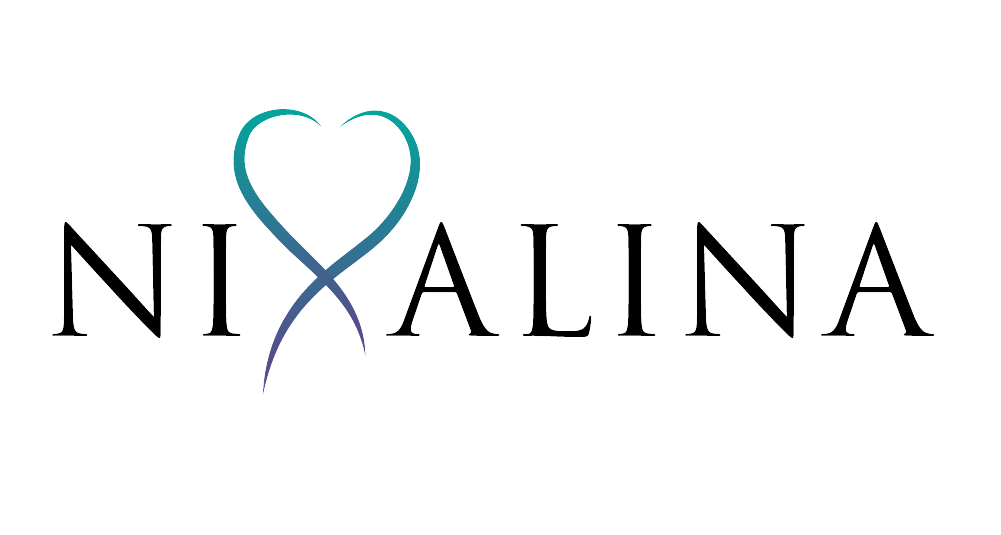
Abusive relationships are a serious issue that affect countless individuals worldwide. Recognizing the traits of an abusive partner is crucial for safeguarding oneself and seeking help if needed. Abuse can manifest in various forms, including physical, emotional, psychological, and financial. Recognizing the traits of an abusive partner is a crucial step toward addressing and escaping an unhealthy relationship. Abuse often escalates over time, and identifying these traits early can help individuals seek support and take action to protect themselves.
Understanding these traits can empower individuals to identify harmful patterns and take steps toward a healthier relationship or escape an abusive situation.

1. Controlling Behaviour
Abusive partners often exhibit controlling behaviour, which can manifest in several ways. They may attempt to dictate aspects of their partner’s life, such as what they wear, who they associate with, or how they spend their time. This control can be subtle at first, starting with seemingly minor requests or suggestions, but it gradually intensifies. The goal is to isolate the partner and assert dominance, undermining their autonomy and self-esteem.
2. Jealousy and Possessiveness
Excessive jealousy and possessiveness are common traits of abusive partners. They may accuse their partner of infidelity without justification or become upset if their partner interacts with others, including friends and family. This jealousy is not a sign of love but a tool for manipulation, designed to create dependency and foster insecurity in the partner.
3. Verbal and Emotional Abuse
Abusive partners often use verbal and emotional abuse to undermine their partner’s self-worth. This can include insults, belittling comments, and threats. Emotional abuse might also involve manipulation, guilt-tripping, or gaslighting—where the abuser makes their partner question their own perceptions and reality. The aim is to diminish the partner’s confidence and make them feel worthless.

4. Physical Aggression
Physical aggression is a severe form of abuse and includes behaviors such as hitting, slapping, pushing, or any form of physical violence. Physical abuse can also involve threats of violence or the use of objects as weapons. The presence of physical aggression in a relationship is a clear indicator of an abusive dynamic and requires immediate attention and intervention for safety.
5. Isolation from Friends and Family
An abusive partner may try to isolate their partner from friends, family, or support networks. This isolation can be achieved through manipulation, creating conflicts, or making the partner feel guilty for spending time away. By cutting off support systems, the abuser strengthens their control and makes it more difficult for the partner to seek help or escape the relationship.
6. Blaming and Shifting Responsibility
Abusive partners often avoid taking responsibility for their actions by blaming their partner or external factors. They might accuse their partner of provoking their abusive behavior or claim that external stressors are to blame. This shifting of responsibility prevents the abuser from acknowledging their wrongdoing and further confuses and disempowers the partner.

7. Unpredictable Behaviour
Abusive partners may display unpredictable or erratic behaviour, which can create a sense of walking on eggshells for their partner. This unpredictability can include sudden mood swings, explosive outbursts, or silent treatments. The inconsistency in behaviour keeps the partner off-balance and anxious, making it challenging to predict or manage the relationship dynamics.
8. Threats and Intimidation
Threats and intimidation are tactics used by abusers to maintain control and instill fear. These threats can range from threats of physical violence to threats of self-harm or harm to loved ones. Intimidation can also involve aggressive body language or hostile gestures designed to create fear and compliance in the partner.
9. Economic Control
Economic control is another form of abuse where the abuser exerts power over financial resources. This can involve restricting access to money, monitoring spending, or demanding financial dependency. By controlling the partner’s finances, the abuser limits their ability to leave the relationship or seek help, reinforcing their dominance.
